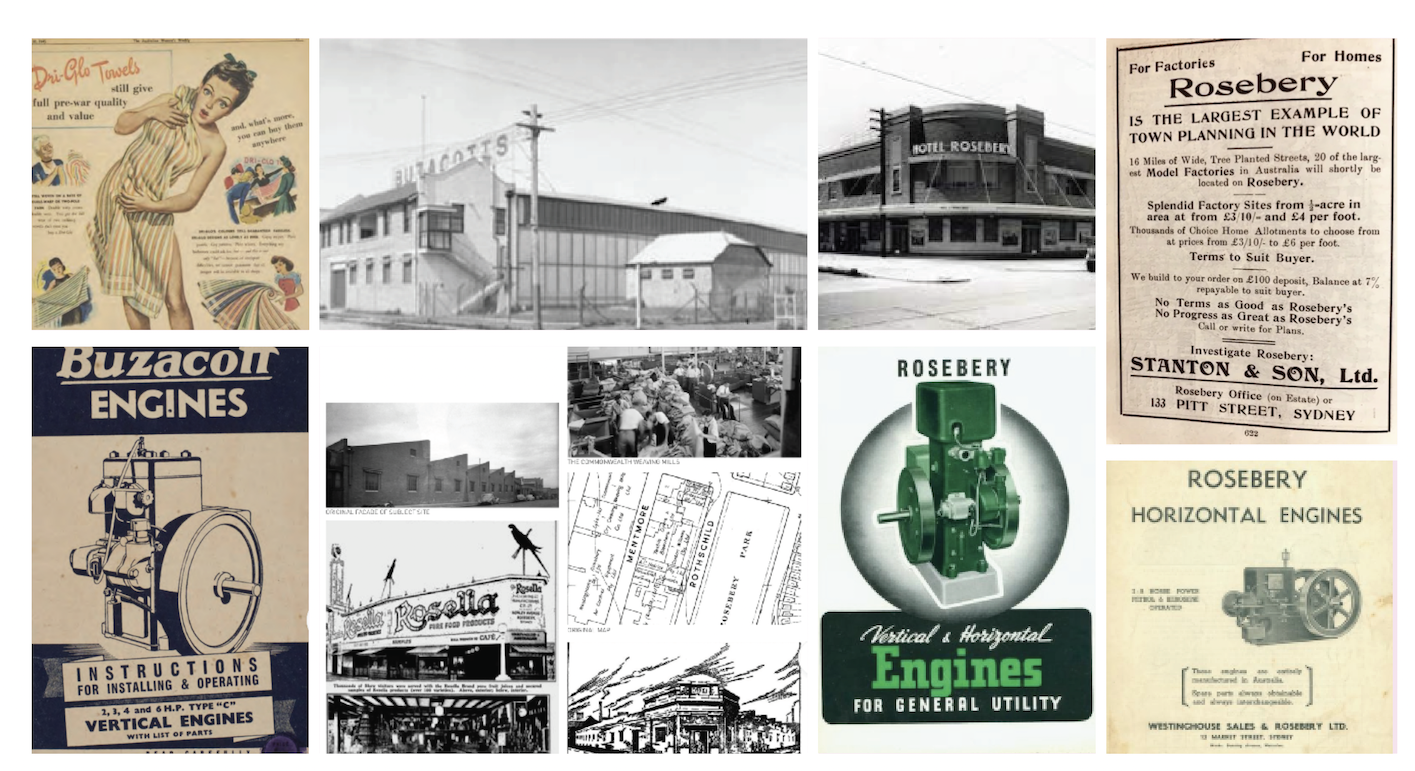
Public Art Strategy in commercial multi-use developments provides an overview of how well-considered public art can act as a powerful mechanism for cultural exchange and stories, creative expression, and placemaking within shared spaces.
Recently Art Pharmacy has been commissioned by Goodman to produce a series of preliminary art plans to support various private commercial multi-use development projects in Sydney’s inner suburbs. Commercial multi-use developments are unique as they blend private spaces (commercial) and public areas (cafes, eateries, creches, parklands entertainment) in an integrated manner both physically and functionality.
Public art creates an opportunity to bridge a gap between the two – private and public.
Using our experience in public art procurement in the public realm, each art plan reflected the history of the site, celebrated the existing community, and suggested a methodology for artwork selection, commissioning, and implementation.
In line with the guidelines outlined by the City of Sydney, our preliminary art plans followed best practice principles for the procurement of public artwork. For each development, Art Pharmacy identified a number of locations for public art that focused on visibility, site integration, linkage, and day to night activation.
Goodman has a strong sustainability commitment and approaches all development projects in line with their 2030 Sustainable Goals. With these objectives and guiding principles in mind, we considered how art could be a communication tool and link the site’s history with its future and communicate their goals for a sustainable future built around a creative and stable community.
In new commercial multi-use developments, one particular objective of the artwork is to act as an invitation for the public to enter the site, making it more accessible and not seen by the community as ‘private’.
We take a holistic approach to our art strategy: aligning it with the vision and objectives of all stakeholders: from the architect’s design to the community’s values. For a number of the developments, we explored the ideas of ‘adaptive reuse’ and explored how art can reflect the inherent heritage value of the site in a manner that encouraged tenants, community, and visitors’ wonder, imagination, and locality.
We also undertook an in-depth historical site analysis and considered how art could be used as a tool for storytelling and educating visitors about the past. For example, in one development we found that the site was a pivotal location for women industrial workers in the 1900s in their social fight for rights and equal working conditions. We proposed that the curatorial strategy could shed light on this history and become a mechanism for storytelling.
Leveraging Art Pharmacy’s experience working on artwork in the public and private realm, each art plan brought together an in-depth site analysis, proposed curatorial direction, the opportunities, and a proposed program and methodology for the implementation of public art within the development.
At Art Pharmacy, we know public art and accessible, inclusive creative projects play a big part in bringing about positive change in our communities around the nation. Public art not only adds greater value, connection, and meaning to our lives it also speaks as the voice of society and can facilitate collaboration, spark creative problem solving and communicate important messages that have the potential to bridge gaps, negate differences and build stronger communities. We see public art strategy as the backbone of good placemaking, culturally sensitive artwork, and artwork longevity.
We look forward to seeing these new multi-purpose developments incorporate public art as a means of creating a connection between private and public space and for ensuring a cohesive and community-focused approach to the site. The possibilities are endless.


